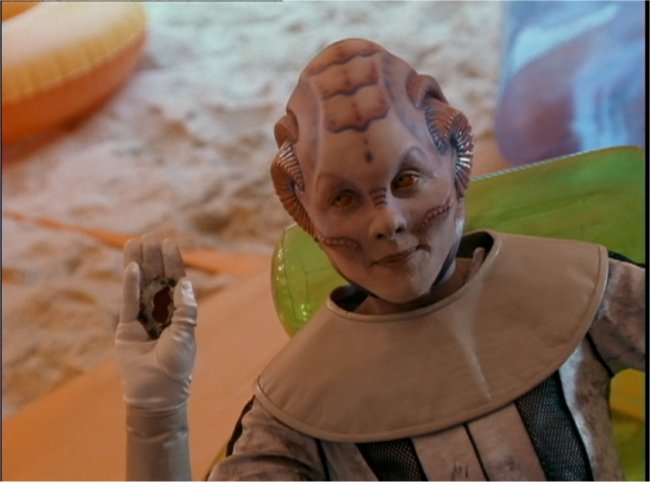
Over the past five or six years, I've been nursing along at a deliberately slow pace W.B. Yeats' Irish Fairy and Folk Tales. An 1888 collection of tales and poems by various authors, I have a 1986 edition with the original illustrations. The book is divided into sections for different creatures and characters in Irish folklore--like ghosts, giants, witches, and various kinds of fairies. Leading up to Halloween, I read the section on the Devil. This section consists of just four stories.
The first is a very short story from Lady Wilde (mother of Oscar) called "The Demon Cat" about a cat who turns out to be the Devil. This is determined by the fact that the cat is always stealing fish from an old woman;
"Away, out of this, you wicked beast," she cried, giving it a blow with the tongs that would have broken its back, only it was a devil; "out of this; no fish shall you have to-day."
All the stories have a clear moral, particularly "The Countess Kathleen O'Shea" from an unknown author. But the best story is also the last and the longest, "The Three Wishes" by W. Carleton. Like many of the best stories in the book, it roams with a bracing freedom from one topic to another. Its anti-hero is a lazy rogue named Billy Dawson. Carleton uses a conversational tone in his narrative, unrestrained in a peculiarly Irish form of rapid irony;
Billy, to do him justice, improved the fortune he got: every day advanced him farther into dishonesty and poverty, until, at the long run, he was acknowledged on all hands to be the completest swindler and the poorest vagabond in the whole parish.
The story begins like one moralistic tale and then shifts gears and turns into another, the consistent theme being that Billy just never learns. The tone helps make the shifts in direction even funnier as when Billy's equally disreputable wife gets involved in his verbal sparring with the Devil.
[Billy] was one morning industriously engaged in a quarrel with his wife, who, with a three-legged stool in her hand, appeared to mistake his head for his own anvil; he, in the meantime, paid his addresses to her with his leather apron, when who steps in to jog his memory about the little agreement that was between them, but old Nick. The wife, it seems, in spite of all her exertions to the contrary, was getting the worst of it; and Sir Nicholas, willing to appear a gentleman of great gallantry, thought he could not do less than take up the lady's quarrel, particularly as Bill had laid her in a sleeping posture. Now Satan thought this too bad; and as he felt himself under many obligations to the sex, he determined to defend one of them on the present occasion; so as Judy rose, he turned upon the husband, and floored him by a clever facer.
"You unmanly villain," said he, "is this the way you treat your wife? 'Pon honour, Bill, I'll chastise you on the spot. I could not stand by, a spectator of such ungentlemanly conduct without giving up all claim to gallant——" Whack! the word was divided in his mouth by the blow of a churn-staff from Judy, who no sooner saw Bill struck, than she nailed Satan, who "fell" once more.
"What, you villain! that's for striking my husband like a murderer behind his back," said Judy, and she suited the action to the word, "that's for interfering between man and wife. Would you murder the poor man before my face? eh? If he bates me, you shabby dog you, who has a better right? I'm sure it's nothing out of your pocket. Must you have your finger in every pie?"
As you can tell, most of these narrative shifts involve taking the story to new depths of wrongness, mostly involving the limitless depths of Billy's shameless depravity. It's not from the Devil he gets his three wishes but from a hidden saint for whom Billy actually does a good deed only to exasperate the saint by totally forgetting to wish for anything that might keep himself, his wife, and his children fed. It's an impressive highwire act of foolishness.
Twitter Sonnet #1293
Across the icy night a station waits.
A crimson jelly glow infects the frost.
A blinking light illumes the broken gates.
Collected ghosts assess the worldly cost.
The glowing bar bespoke the demon nut.
A candy gift requites the threat of trick.
Collected masks combine in darkened hut.
About the visions phantom flames'll lick.
The pumpkins sink again beneath the lids.
The sleepy ghost resumed its sleeping grace.
A bucket filled with watches stumped the kids.
But truest treat is extra time and place.
A steady troop of sleepy blades ascend.
On aging grass recumbent thoughts descend.



















































